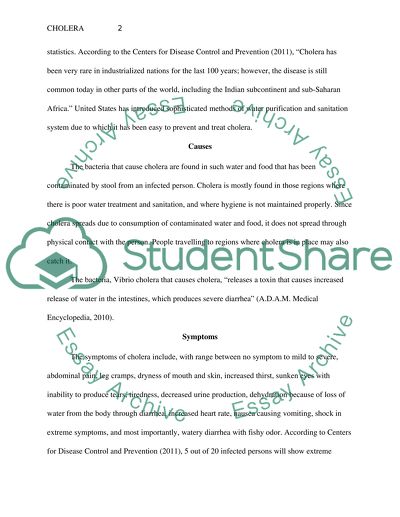Cite this document
(“Cholera Research Paper Example | Topics and Well Written Essays - 1250 words”, n.d.)
Retrieved from https://studentshare.org/miscellaneous/1581792-cholera
Retrieved from https://studentshare.org/miscellaneous/1581792-cholera
(Cholera Research Paper Example | Topics and Well Written Essays - 1250 Words)
https://studentshare.org/miscellaneous/1581792-cholera.
https://studentshare.org/miscellaneous/1581792-cholera.
“Cholera Research Paper Example | Topics and Well Written Essays - 1250 Words”, n.d. https://studentshare.org/miscellaneous/1581792-cholera.


